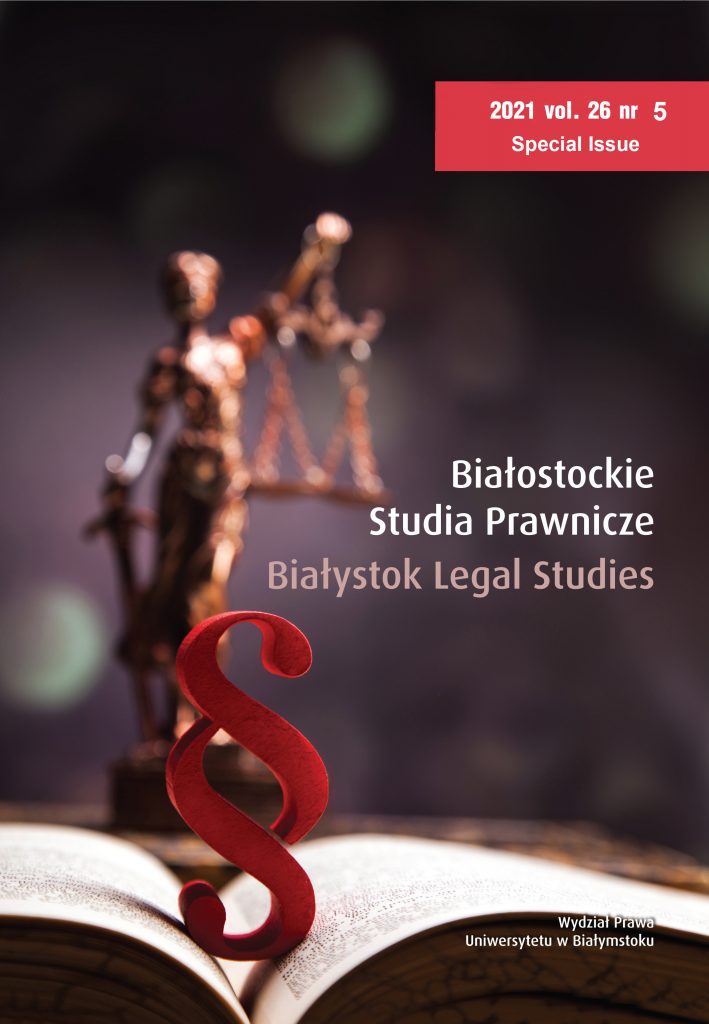The Adoption of International Arbitration as the Preferred ADR Process in the Resolution of International Intellectual Property Disputes
Słowa kluczowe:
ADR, arbitration, commercial law, dispute resolution, intellectual propertyAbstrakt
This article, which is intended for arbitration practitioners, demonstrates that international arbitration as a subset of the field of alternative dispute resolution (ADR) offers a useful toolkit for the expeditious resolution of international intellectual property law disputes. The article demonstrates how the theory and practice of international arbitration is particularly well poised to address some of the specific considerations and requirements of paramount concern to the international intellectual property lawyers and their clients. The article will explain how the inherent features of the international arbitration legal landscape combine to indicate that it should be considered as the preferred method of ADR and explain how each of these features can provide both time and cost efficiencies. The article will identify the legal reasoning behind the benefits inherent to choosing international arbitration and will also address those circumstances when international arbitration may be precluded or otherwise considered unsuitable for intellectual property matters. The article examines several distinct benefits that international arbitration uniquely offers to international intellectual property law users and highlights some areas of the field that require additional caution.Bibliografia
Abram Landau Real Estate v. Bevonna, 123 F.3d 69, 73 (2d Cir. 1997).
AT&T Techs., Inc. v. Commc’ns Workers of Am., 475 U.S. 643 (1986).
Bermann G. A., The ‘Gateway’ Problem in International Commercial Arbitration, “Yale Journal of International Law” 2012, vol. 1, 37, no. 1.
Blackaby R.N. et al., Redfern and Hunter on International Arbitration, Student Edition, Oxford 2009.10.1093/law:iic/9780199557189.001.1
Blanke G., Samsung Electronics offers arbitration commitment under article 9 of Regulation 1/2003, “Global Competition Litigation Review” 2014, vol. 7, no. 2.
Born G.B., International Commercial Arbitration in The United States: Commentary and Materials, New York 1994.
Buckeye Check Cashing Inc. v. Cardegna, 546 U.S. 440 (2006).
Certilman S.A., Lutsker J. E., Arbitrability of Intellectual Property Disputes, (in:) T.D. Halket (ed.), Arbitration of Intellectual Property Disputes, Huntington, New York 2012.
Convention on the Recognition and Enforcement of Foreign Arbitral Awards, 10 June 1958, 21 U.S.T. 2519, 330 U.N.T.S. 3.
Cook T., Garcia A.I., Intellectual Property Arbitration, Netherlands 2010.
David J.L., Harrison S., Edison in the Boardroom: How Leading Companies Realize Value From Their Intellectual Assets, Hoboken 2001.
The DuPont Company’s Development of ADR Usage: From Theory to Practice, http://www.americanbar.org/publications/dispute_resolution_magazine/2014/spring/the-dupont-compans-development-of-adr-usage--from-theory-to-pra.html.
Epstein J. et al., A Practical Guide to International Commercial Arbitration, Dobbs Ferry 2000.
First Options of Chi., Inc. v. Kaplan, 514 U.S. 938 (1995).
Fortune Magazine Global 500 2014, http://fortune.com/global500/dupont-320/.
Fox Jr. W., International Commercial Agreements: A Primer on Drafting, Negotiating, and Resolving Disputes 3rd ed., The Hague 1998.
Graves J.M., Competence-Competence and Separability – American Style, (in:) S. Kröllet et al. (eds.), International Arbitration and International Commercial Law: Synergy, Convergence and Evolution, Netherlands 2011.
Harrison S.S., Sullivan Sr.P.H., United Einstein in the Boardroom – Moving Beyond Intellectual Capital to I-Stuff, United States 2006.
Li X.,Ten Misconceptions About the Enforcement of Intellectual Property Rights, (in:) X. Li, C.M. Correa (eds.), Intellectual Property Enforcement: International Perspectives, Northampton, MA 2009.10.4337/9781848449251
Lloreda, A., Exploring Alternative Dispute Resolution, (in:) L.G. Bryer et al. (eds.), Intellectual Property Strategies for the 21st Century Corporation: A Shift in Strategic and Financial Management, Hoboken 2011.
Lucasfilm v. Ainsworth (2011) UKSC 39, (2012) 1 AC 208, (2011) 3 WLR 487 (appeal taken from Eng.).
Mascarenhas V., Using ‘Baseball Arbitration’ to Resolve FRAND Disputes, “Corporate Counsel” 2015, http://www.kslaw.com/imageserver/KSPublic/library/publication/2015articles/2–11-15_CorpCounsel_Mascarenhas.pdf.
McSherry C., Who Owns Academic Work?, Cambridge, MA 2001.
Miller C. et al., The Handbook of Nanotechnology, Hoboken 2005, p. 254.
Moses M.L., The Principles and Practice of International Commercial Arbitration, Cambridge 2008.10.1017/CBO9780511819216
Other relevant conventions http://www.newyorkconvention.org/other-relevant-conventions.
Prima Paint Corp. v. Flood & Conklin Mfg. Co., 388 U.S. 395 (1967).
Rent-a-Ctr., W., Inc. v. Jackson, 130 S. Ct. 2772, (2010).
Riley Mfg. Co. v. Anchor Glass Container Corp., 157 F.3d 775, 779 (10th Cir. 1998).
Ryder R.D., Madhavan A., Intellectual Property and Business: The Power of Intangible Assets, United States 2014.10.4135/9789351508021
Silverman A.E., Intellectual Property Law and the Venture Capital Process, “High Technology Law Journal” 1989, vol. 5, no. 1.
Shaw P.D., Managing Legal and Security Risks in Computing and Communications, Oxford 1998.
Shell G.R., Res Judicata and Collateral Estoppel Effects of Commercial Arbitration, “UCLA Law Review” 1988, vol. 35.
Smit R.H., General Commentary on the WIPO Arbitration Rules, Recommended Clauses, General Provisions and the WIPO Expedited Arbitration Rules: Articles 1 to 5; Articles 39 and 40, (in:) H. Smit (ed.), WIPO Arbitration Rules: Commentary and Analyses, Huntington, New York 2009.
States parties to the New York Convention, http://www.newyorkconvention.org/new-york-convention-countries/contracting-states and http://www.newyorkconvention.org/contracting-states/list-of-contracting-states.
Sullivan P. H., Value-Drive Intellectual Capital: How to Convert Intangible Corporate Assets into Market Value, United States 2000.
TRIPS: Agreement on Trade-Related Aspects of Intellectual Property Rights, 15 April 1994, Marrakesh Agreement Establishing the World Trade Organization, Annex 1C, The Legal Texts: The Results of the Uruguay Round of Multilateral Trade Negotiations 320 (1999), 1869 U.N.T.S. 299, 33 I.L.M. 1197 (1994).
Troller K., Intellectual Property Disputes in Arbitration, “Arbitration: The International Journal of Arbitration, Mediation and Dispute Management” 2006, vol. 72.
U.N. Commission on International Trade Law, Report on its 39th Session, 19 June–7 July 2006, U.N. Doc.A/61/17 (14 July 2006), http://www.uncitral.org/uncitral/en/uncitral_texts/arbitration/1985Model_arbitration_status.html.
Uniform Domain Name Dispute Resolution Policy as Approved by ICANN on 24 October 1999, https://www.icann.org/resources/pages/policy-2012–02-25-en.
U.S. Code > Title 9 Arbitration > CHAPTER 1—GENERAL PROVISIONS (§§ 1–16).
U.S. Code > Title 9 Arbitration > CHAPTER 1—GENERAL PROVISIONS (§ 4). Failure to arbitrate under agreement; petition to United States court having jurisdiction for order to compel arbitration; notice and service thereof; hearing and determination.
van den Berg A.J., The New York Convention of 1958: An Overview, pp. 6–9, http://www.arbitration-icca.org/media/0/12125884227980/new_york_convention_of_1958_overview.pdf.
Waelde C. et al., Contemporary Intellectual Property: Law and Policy 3rd ed., Oxford 2013.10.1093/he/9780199671823.001.0001
Wheeler M., The Art of Negotiation: How to Improvise Agreement in a Chaotic World, United States 2013.
Wing J.D., International Arbitration and Mediation – The Professional’s Perspective, (in:) A. Alebekova, R. Carrow (eds.), International Arbitration and Mediation: From the Professional’s Perspective, United States 2007.
WIPO Alternative Dispute Resolution (ADR) for Intellectual Property Offices,
https://www.wipo.int/amc/en/center/specific-sectors/ipoffices/.
World Intellectual Property Organization, Why Arbitration in Intellectual Property?, http://www.wipo.int/amc/en/arbitration/why-is-arb.html.



